It depends on where you are planning to dive. Costa Rica is widely recognized as one of the world’s most bio diverse nations. This small country is sandwiched between two oceans and is home to a number of ecosystems. Costa Rica’s biodiversity does not end at its coastline: the country is a top dive destination, particularly along its Pacific shores. Costa Rica’s crystalline waters are home to a dazzling array of sea life.
Cocos Island, 300 miles off Costa Rica’s mainland, is a UNESCO World Heritage Site that is world renowned as a top diving destination, perhaps the best in Costa Rica. Both “Scuba Travel” and “The Guardian” list Cocos Island as one of the world’s best. Almost ant time you have the opportunity to dive Cocos, do it. However, the very best month is August. The area possesses a rich undersea diversity and supports more than 25 endemic fish species, including the red-lipped batfish. Pelagic species such as marlin, sailfish and sharks are drawn to the area to feed and mate. Whales also use the Cocos Island seamount as a place to congregate and calve. Because reaching Cocos Island National Marine Park requires a lengthy boat trip, your best bet to see this stunning area is a liveaboard dive vessel. The Undersea Hunter Group specializes in taking divers to Cocos Island on fully-appointed, liveaboard boats with all necessary equipment and professional dive masters.
Bill Beard’s is a booking agent for Cocos Islands and we will be happy to arrange your air, transportation, accommodations and mainland adventure tours before or after your Cocos Island trip. We pick up and deliver at the boats in Puntarenas and San Jose Hotels.
Caño Island is in Drake Bay on the northwest side of the wild Osa Peninsula, which “National Geographic” cites as one of the Earth’s most biodiverse regions. The intense wildlife is the reason that “Scuba Adviser” and several of the country’s top diver operators consider Caño to be one of Costa Rica’s best dive spots. The diving is excellent here 10 months out of the year. The two months we don’t recommend are September & October. Apart from large number of reef species that teem the island’s shelves and reefs, you can expect to encounter bigger creatures such as manta rays, free swimming moray eels and sharks. Other marine species common to the area include turtles, orcas and dolphins as well as humpback and pilot whales. Because the area is relatively remote, you may want to book a resort near the island, such as Aguila de Osa near Corcovado National Park. The hotel is a PADI International Resort Association member and runs its own dive operation that offers both lessons and SCUBA excursions.

Catalina Islands: Guanacaste dive operators and “Scuba Travel” agree that the Catalina Islands are the best site in Northwestern Costa Rica. The diving is good year around but to be sure of the schooling giant Pacific manta rays, the U.S. winter time from November through April is best. The islands are highly regarded dive sites not only because of the large pelagic species found in the area, but also because of the islands’ unique underwater structures, such as arches, caves and vibrant coral. The islands are in the Gulf of Papagayo, just offshore of Playa Hermosa and Flamingo Beach. Bosque del Mar at Playa Hermosa & Flamingo Beach Resort at Flamingo Beach are fully equipped dive resort with boats that can get you out to the islands.
Bat Islands: If you’re hoping to see large shark species like bull, tiger and whale sharks, as well as manta, eagle and devil rays, the Bat Islands, or Islas Murciélago, are your best bet, according to “Bajo el Agua,” a Spanish diving newsletter. The diving is superb year around but sometimes in Jan, Feb & March the winds are high and the operators may not go on the very windy days.The Bat Islands are part of the Santa Rosa National Park, just off the Playas del Coco in Northwestern Costa Rica. The dive site is best for experienced divers as strong currents and deep water drop-offs exist in the dive locations. One of the Bat Islands’ sites is known as “The Big Scare” because of the large number of bull sharks that congregate in the area. Bill Beard’s Costa Rica is an outfitter that offers Bat Islands dive trips from Playa Hermosa. You may also see manta rays, large schools of fish, whale sharks, sail fish, turtles, eagle & cow nose rays and much more.
Have you seen our new DVD on scuba diving, fishing & adventure in Costa Rica? If not: GO HERE
See customer comments on Trip Advisor: Go Here
Call our agents and ask more questions about the diving and our special packages for the non-divers in your group. Our agents can set up the all inclusive or al a carte vacation package and itinerary you want throughout the country. There is no charge for our service and we’ll save you money and lots of time and you’ll get the vacation you want. Bill Beard’s reservation office is located in La Fortuna, Costa Rica in the shadow of Arenal Volcano, behind the Catholic Church near the world famous hot springs.
CONTACT: Direct: 954-453-5044 FAX: 321-400-1404 Toll free: 877-853-0538
Office Hours: 8-6 CST M-F & Sat 9-5 CST
Bill Beard Costa Rica LOCAL number 2479-7089 from 9-5 PM when you are in Costa Rica. e mail anytime agent@billbeardcostarica.com

Sign up for our Latest Newsletter & Adventure Travel Deals
Best Time To Dive Costa Rica






